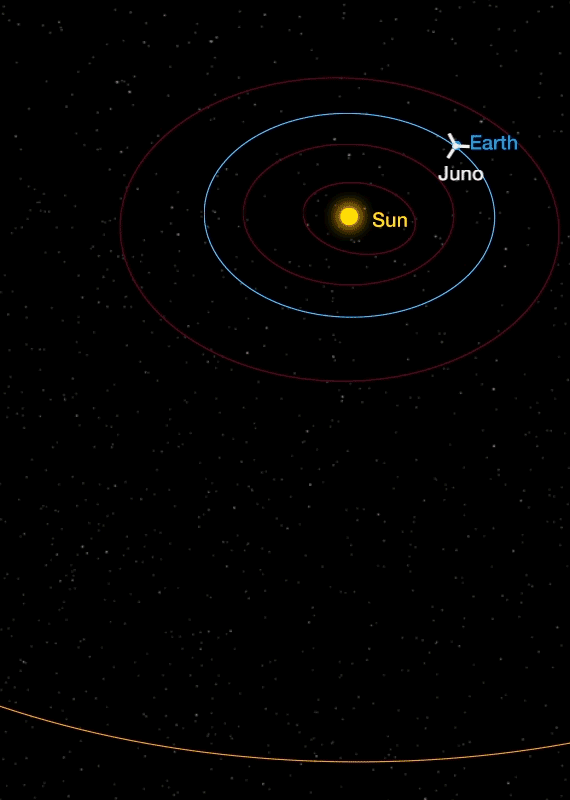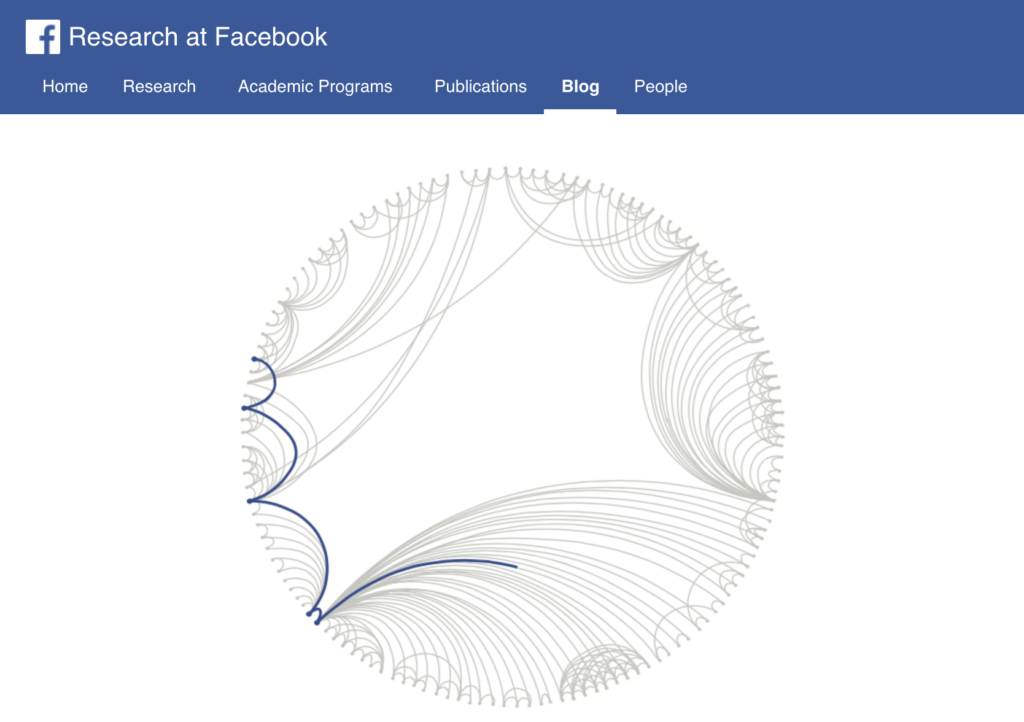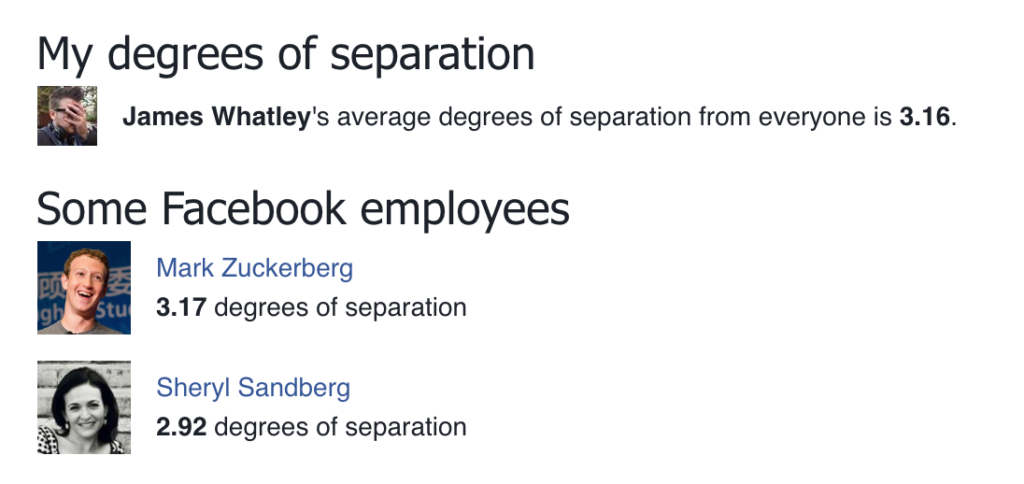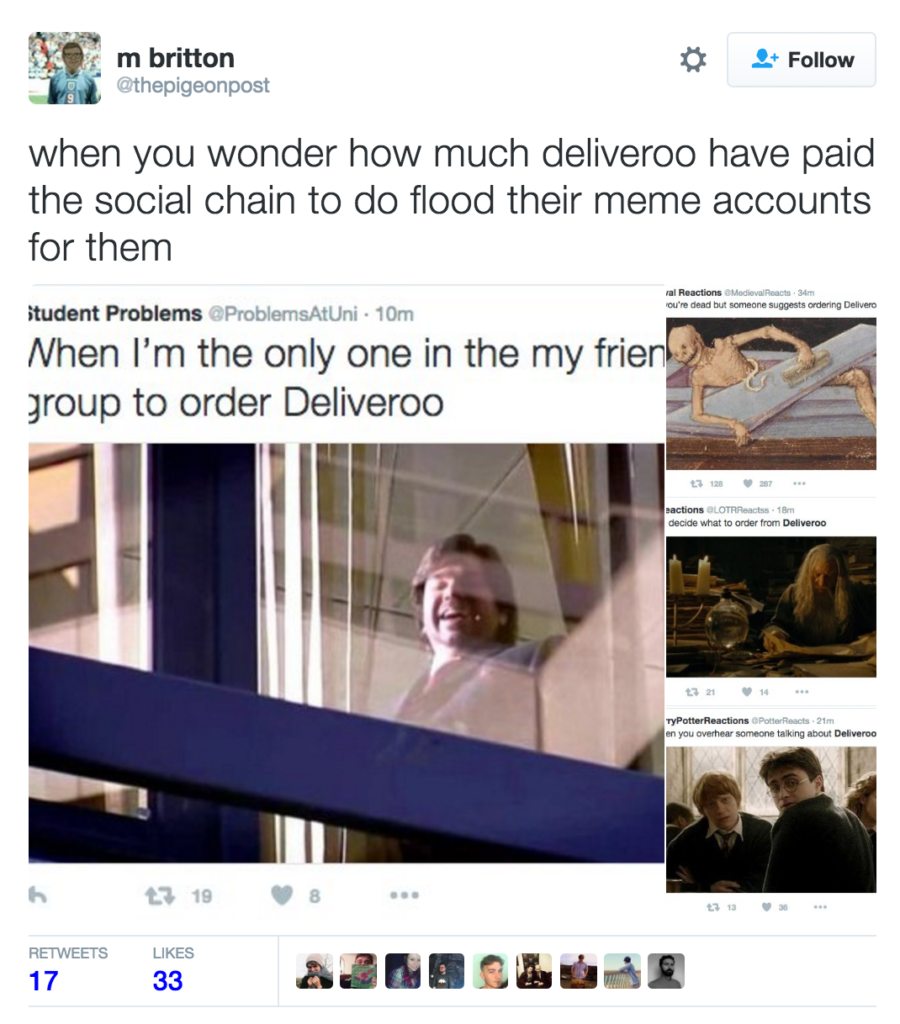Things of note for the week ending July 8th, 2016.

Christ on a bike.
It never ends.
How are you today? Well? Smiling? Safe?
Perhaps all there. I sincerely hope so.
I’ve just returned from the #BlackLivesMatter march / vigil on London’s South Bank and I’m feeling pretty raw. A black girl, probably only around 17, spoke to the crowd – ‘We just want them to stop killing us’. I was stood, watching and, I guess, participating in the vigil from around 18:30 onwards. I walked with them too, for a while, and listened to the cheers of the bystanders as we chanted: ‘Black. Lives. Matter. Black. Lives. Matter.’ – and yet I still couldn’t shake her voice from my head: ‘We just want them to stop killing us‘ – that word. ‘Us’. Here, in London, speaking for all people of her colour. I choked up. Tears in my eyes.
The march continued and I slowly wandered home.
…
It has been a heavy evening.
And now I am here. At home. Writing this for you.
Thing is with FTOF, I draft it throughout the week – so don’t expect any of the below to reflect any of the above.
Shall we?
_—–___—_
1. JUNO HAS ARRIVED
So, this is legitimately amazing. After an epic five year journey, NASA’s Juno spacecraft has arrived in orbit at Jupiter.
Look!

And, at the time of writing, Juno is waking up RIGHT NOW to take its first proper look at Jupiter close up. The closest look at Jupiter we have ever had. Ever.
Juno is on a 53 day orbit of the giant of our galaxy (to put that into perspective, the same satellite would take a mere 90mins to orbit the Earth – that is how much larger Jupiter is in comparison to our home) and, on August 27th – when Juno takes its next closest pass to the planet, it’ll start collecting data. NASA will be sharing those findings near the start of September.
So y’know – put that in your diary.
You can read more about the amazing Juno over at NASA (who, as usual, is doing a fantastic job of sharing everything online).
Oh, and while you wait, why not look at these amazing images of Jupiter’s North Pole.
-_____-
-_____-
2. ADVERTISING LAWS / ETC
I’ve been thinking a lot about the Advertising Standards Authority (ASA) again this past week. Not just over the whole ‘we have no jurisdiction over the pack of lies that were used during the Vote Leave Brexit’ debacle. That’s a whole other thing.

No, this week a friend of mine pointed out a timeline of events that I’d hitherto not really noticed.
Indulge me for a second.
Let’s start with the ASA CAP Code on ‘non-broadcast advertising‘. It reads:
Marketing communications must be obviously identifiable as such
This means they need to be designed and presented in a way that makes it clear they are advertising material. The medium or targeting will also be relevant when deciding what is necessary to ensure that consumers know they are viewing a marcom (see Recognising marketing communications and identifying marketers).
Got that? OK. We might revisit it later.
May 2013
A blog post called ‘One of these things is not like the others‘ highlighting the amazing differences between Nike communications and genuinely commentary / content over on the Wayne Rooney Twitter account.
September 2013
A complaint to the ASA about the above content was not upheld. The reasons into the why it wasn’t upheld can be found on the Social Media Remit page of the CAP Code (it’s used as an example against a similar complaint and well worth a read).
October 2013
A post appears on the The Drum entitled ‘The ASA must sharpen its teeth on social media; if we don’t police ourselves properly, the government will‘ (catchy). In it the author – ahem – complains that the ASA a) isn’t fast enough and b) doesn’t take into account longer-term sponsorship deals of sportsmen and women. It also raises concerns about potential governmental involvement if the ASA doesn’t step up the policing of its CAP code to a more satisfactory level.
In short: too much grey, not enough hard lines.
April 2016
The Competition and Markets Authority (the government agency known as the CMA)Â steps in and publishes a pair of open letters. One to Marketing Professionals and one to Online Publishers.
Key point:
“Misleading readers or viewers may not only damage your reputation – it also falls foul of consumer protection law and could result in enforcement by either the CMA or Trading Standards Services, which could lead to civil and/or criminal action.”
July 2016
This is amazing.
The above is an example of a ‘Thunderclap’ tweet campaign. Thunderclaps are normally used for charity work. Helping those that need the attention lift their signal up from the Twitter noise. Deliveroo isn’t a charity, so probably paid money for these accounts to tweet these messages at this time.
Furthermore, each of the accounts shown has tens if not hundreds of thousands of followers – all looking out for comedy memes all day long. If the word ‘#ad’ is hidden in an image that you need to expand, is that ‘obviously identifiable’? A few years back – being this adventurous with the rules would earn you a slap on the wrist from the ASA and a naughty letter telling you to remove the Tweet (probably around 3mths after it was tweeted).
From what the CMA say, misleading viewers in this way could lead to criminal action.
We live in interesting times.
-_____-
-_____-
3. THIS MADE ME LAUGH
Not kidding, this is an actual ad you can see on the Tube right now.
Joe’s response is perfect.
Looooooooooooooooool.
-_____-
-_____-
4. DEGREES OF SEPARATION

This is really cool.
“How connected is the world? Playwrights [1], poets [2], and scientists [3] have proposed that everyone on the planet is connected to everyone else by six other people. In honor of Friends Day, we’ve crunched the Facebook friend graph and determined that the number is 3.57. Each person in the world (at least among the 1.59 billion people active on Facebook) is connected to every other person by an average of three and a half other people. The average distance we observe is 4.57, corresponding to 3.57 intermediaries or “degrees of separation.” Within the US, people are connected to each other by an average of 3.46 degrees.”
This ^ from Facebook’s latest research into just how connected we have all become. Clue: it ain’t six anymore.
Best thing about this research? If you’re logged in, it’ll show you your own number 😉

IN YOUR FACE, ZUCK!
-_____-
-_____-
5. THIS BOBCAT
This bobcat rules.
 \
\

Amirite?
a) Cool. Cat.
b) More, at the source.
-_____-
-_____-
Bonuses this week are as follows:
- If you’re working in or have an interest about non-profit organisations then you should try and be in London on Friday August 12th and attend this barcamp. Tickets are free. Go check it out.
- We live in a world where racists believe that their behaviour is acceptable. If you’re a witness to this and don’t know what to do, here is some rock solid bystander advice.
- On the flipside – for an example of how the world CAN be – just look at this photo.
- My friend Alfie Dennen wrote this piece about autonomous vehicles and the ‘trolley problem‘ – this is a really, really good read.
- Here is a live stream of a live stream (where bears are fishing for salmon)
____
I’m going to bed now. It’s late.
Have an amazing weekend, you beautiful people.
Whatley out.



